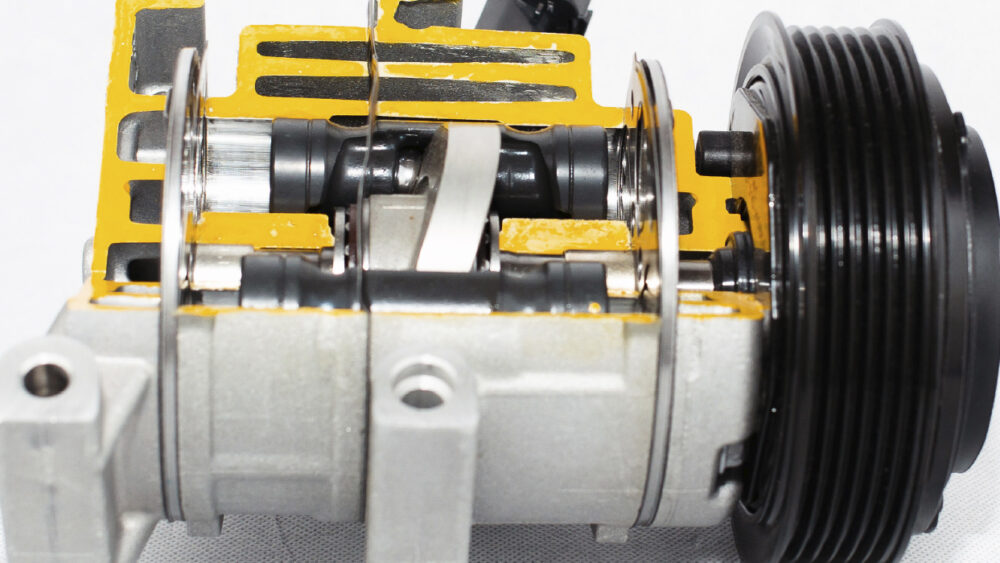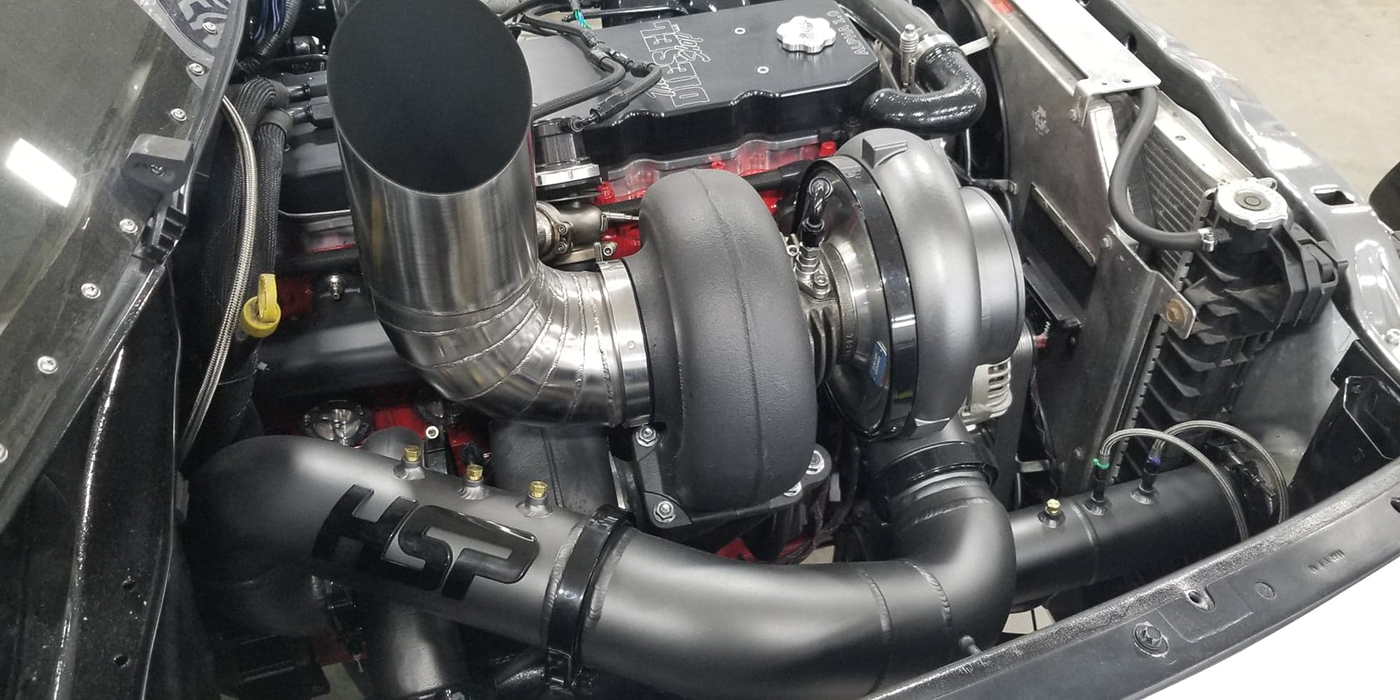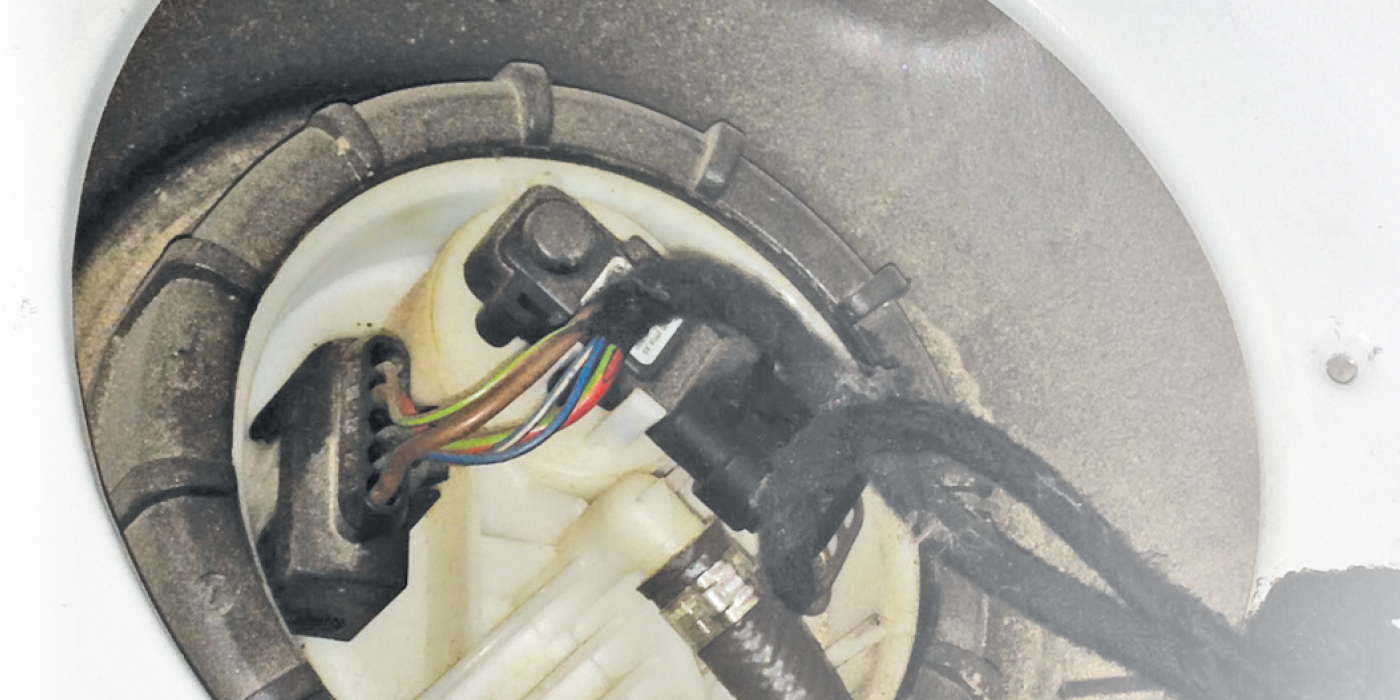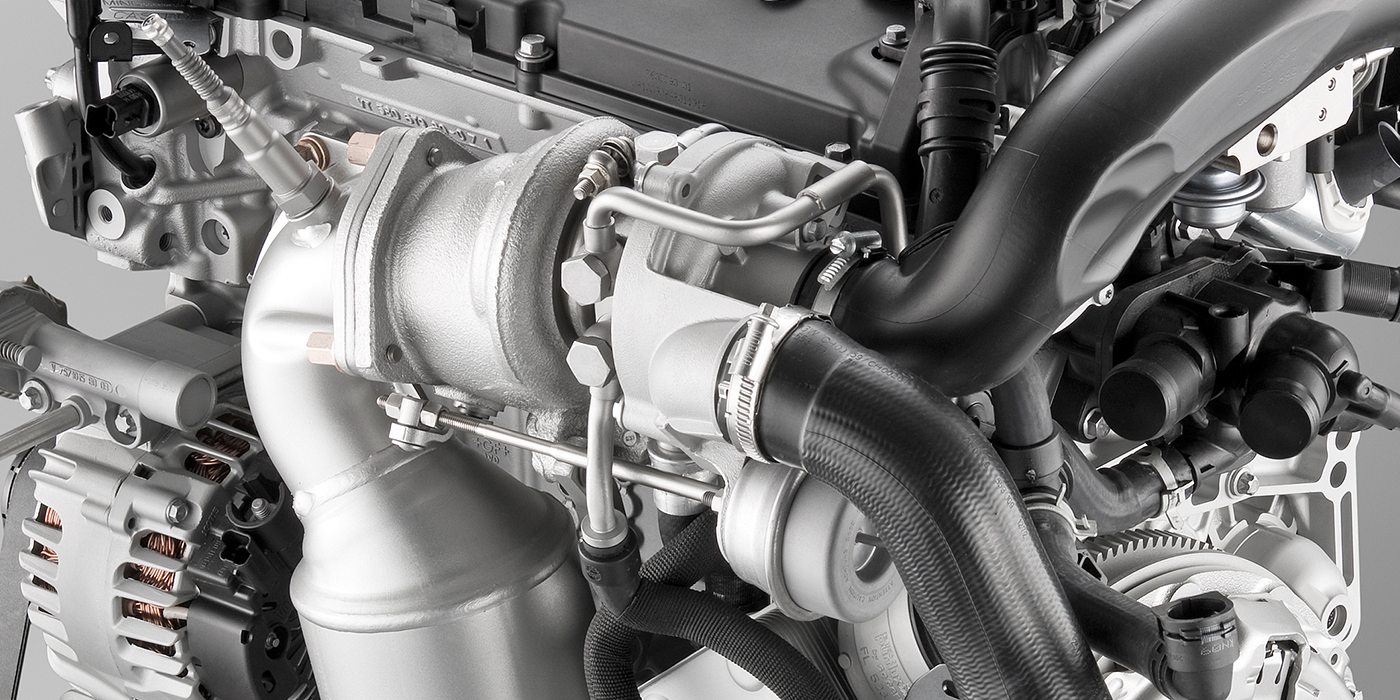

Newer air/fuel ratio or wide-band sensors can detect a wide range of fuel conditions.
Article courtesy UNDERHOOD SERVICE.
No matter if it is a traditional oxygen sensor or air/fuel ratio sensor it measures the difference in oxygen levels between the outside air and the exhaust gases. By knowing the amount of oxygen in the exhaust gases, the engine management can control the amount of fuel injected into the engine for the best possible power, efficiency and emissions.
Most modern systems will measure the internal resistance.

Anything that can happen to an ICE in a standard vehicle can happen to an ICE in a hybrid.

Learning how to perform drivetrain diagnostics and “in-the-car” repairs is important.

There’s a reason diesels typically utilize compound turbo setups instead of twin turbochargers.

The behavior of the fuel wells, pumps & sending units are often misdiagnosed, leading to fuel pumps being replaced.

No matter if it is a BMW or MINI, when the engine stops turning, the oil flowing to the turbocharger stops.

On all stop/start vehicles, the life and performance of the battery are measured by the vehicle in several ways.

Stop/start technology is more than just a switch wired to the brake pedal and starter.
